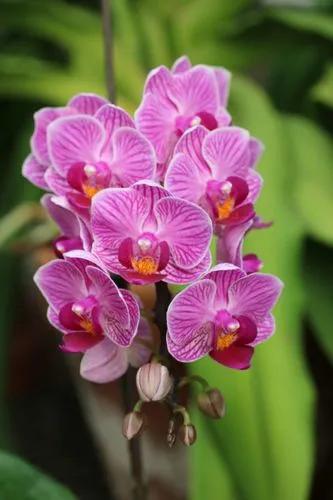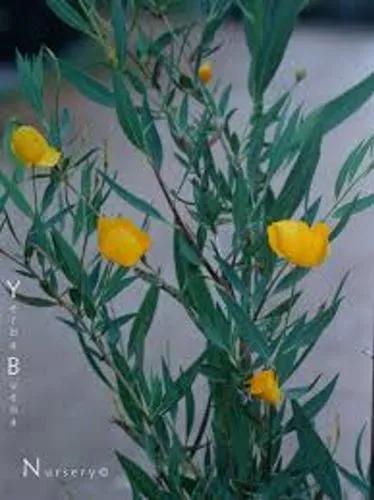Several varieties of iris plants (Iris spp.) exist, providing intricate and exquisite blooms in sunny areas of the landscape. Iris flowers begin blooming in late winter to early spring. A range of varieties provide extended color in the flower bed. Iris care is minimal once the growing iris is established. Iris plant care consists mainly of dividing the iris plants to assure continued blooms. Iris plants are abundant multipliers but once the rhizomes of iris plants become crowded, the iris flowers may be limited and the rhizomes need to be separated.
Iris Care
Iris Spp.



How to Care for the Plant

Water

Irises generally have low water requirements once established, but can use a little extra if unusually dry just before bloom time. Louisiana, Siberian and Japanese irises need more water than the bearded types.

Fertilizer

Apply a low-nitrogen fertilizer a month before bloom time. Mulch should not be used on top of rhizomes or near the foliage as it can cause rot. For reblooming varieties, apply a light application of fertilizer following the first bloom and water regularly during summer dry periods for an improved second bloom in fall.

Sunlight

Irises need full sun at least half the day. Some varieties will tolerate part shade such as Siberian irises and Pacific Coast natives (Iris innominata, Iris tenax, Iris macrosiphon and Iris douglasiana). Many irises will grow in total shade, but they most likely won't flower.

Soil

Most irises prefer average to fertile, neutral to slightly acidic, well-drained soil. However, Japanese irises prefer lime-free soil.

Additional

Iris are known to be toxic to pets, with the bulb being the most toxic part

Popularity

682 people already have this plant 134 people have added this plant to their wishlists
Discover more plants with the list below
Related articles






